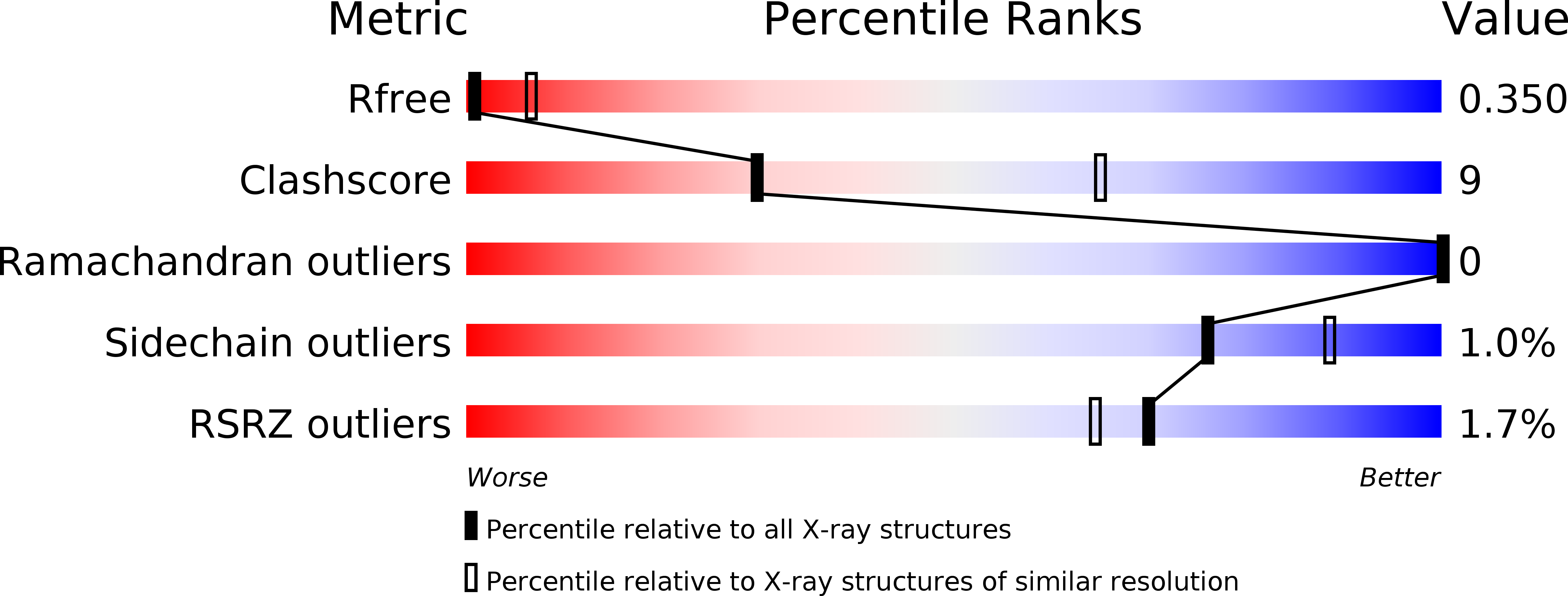
Deposition Date
2016-06-29
Release Date
2017-08-02
Last Version Date
2024-01-10
Entry Detail
PDB ID:
5LE3
Keywords:
Title:
Crystal structure of DARPin-DARPin rigid fusion, variant DD_D12_09_D12
Biological Source:
Source Organism:
synthetic construct (Taxon ID: 32630)
Host Organism:
Method Details:
Experimental Method:
Resolution:
3.50 Å
R-Value Free:
0.34
R-Value Work:
0.30
R-Value Observed:
0.30
Space Group:
P 21 21 21


